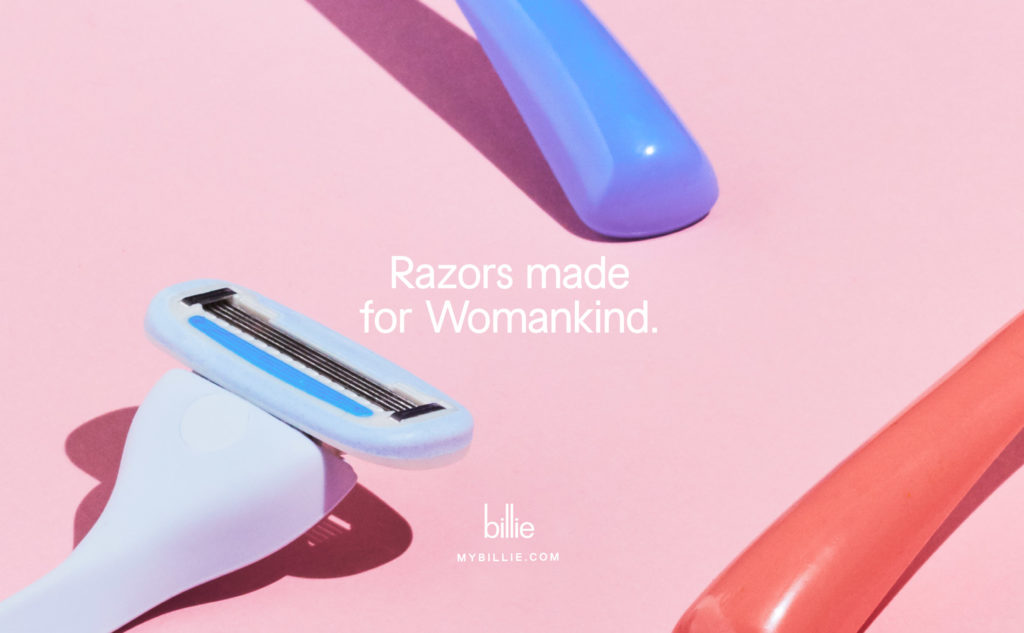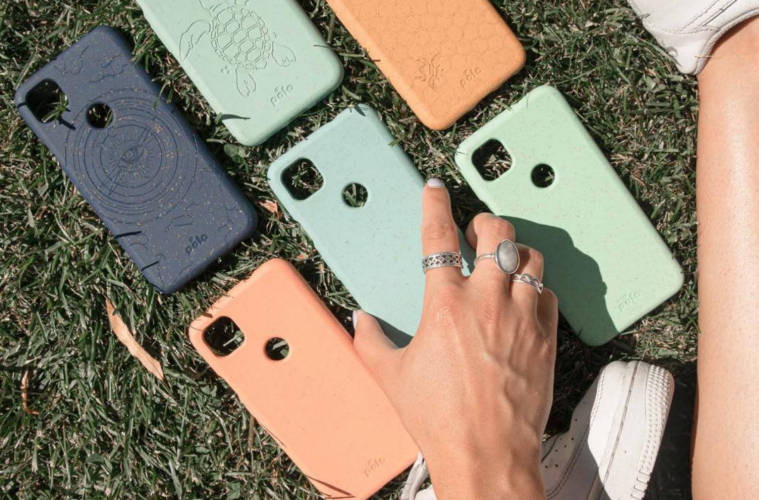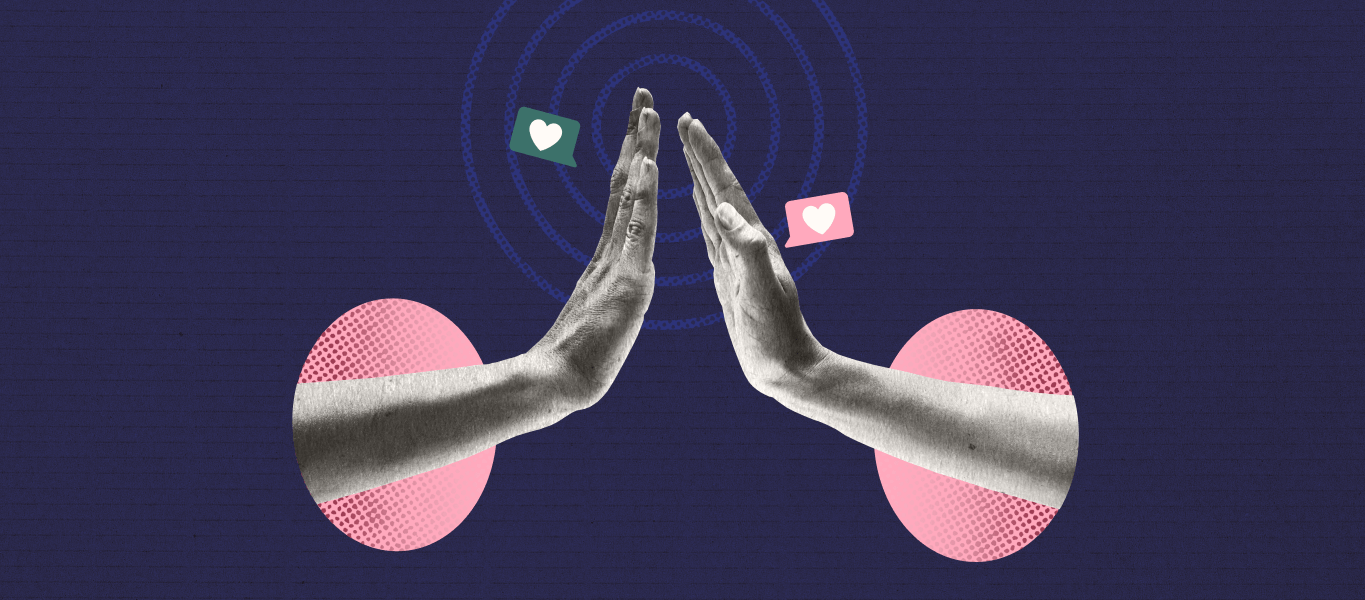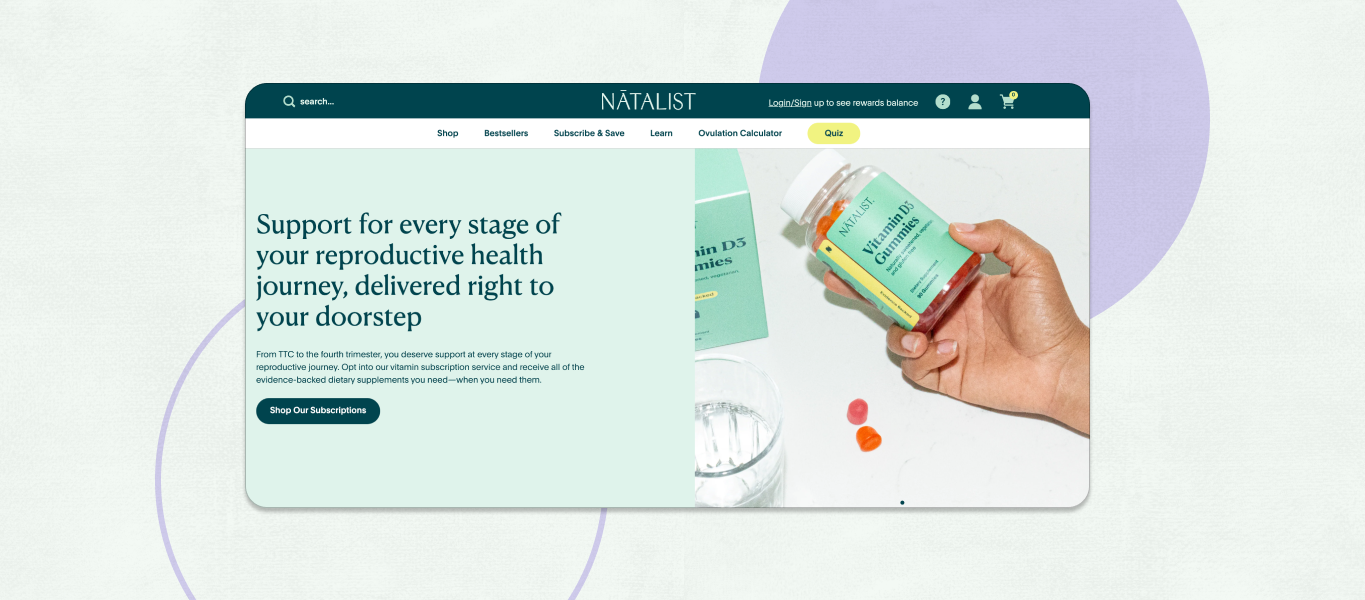Would you rather do business with a relatable, approachable brand or a cold, impersonal one? The answer is probably obvious — people connect with and trust other humans. When it comes to building long-term relationships with customers, it pays off big time to create an emotional connection. And the best way to do that is by humanizing your brand.
A study by Harvard Business Review found that “emotional motivators,” the feelings that drive customer behavior, offer a better gauge of customers’ future value than any other metric. Essentially, the most sophisticated and successful businesses focus on encouraging rich emotional connections. And what do customers connect best with? (Again, other humans!)
Think of the customer experience as the totality of cognitive, emotional, and behavioral consumer responses during every journey stage. Ensure the entire process is relatable and positive, and your customers will keep coming back for more.
Here’s how you can start bringing the human to your brand’s customer experience:
Digital is your storefront
Think of your website as the storefront of your ecommerce business. If you had a brick-and-mortar location, you’d pay attention to layout, interior design, and even the music playing. Bring the same consideration to your website. Invest in an optimized and accessible site with no slow loading times or wonky pages. Make sure that the customer journey is intuitive, and users can easily navigate the different stages.
Having a usable, functioning, and dare we say, delightful website humanizes your brand. Your customers will spend time on your site, browsing products or managing their orders, and feel more positively towards your brand if this experience is enjoyable.
Develop your brand image
Every piece of brand imagery — logo, story, slogan — can be humanized. Think of how to create a holistic brand image that is memorable and recognizable to audiences. Identify your brand values, and focus on bringing these principles to your brand imagery and presentation.
For example, Billie made headlines for being the first razor company to show female body hair in an ad. Now, they’re recognized as an inclusive, forward-thinking brand. All elements of their brand image, from cheerful product copy to their colorful logo, maps back to their approachable, human brand.

Additionally, let customers know if your business supports causes. Pela makes compostable phone cases and other accessories. They’re on a mission to create a waste-free future and have partnered with other organizations to pursue the same goal. Customers who support this cause are more drawn to the brand and appreciate doing business with a mission-driven company.

Humanize through communication
Long-term success hinges on forming relationships with customers. The customer experience is dotted with multiple communication touchpoints, from checking out for the first time to submitting a complaint. Ensure that your customers know they’re engaging with a trusted brand at every interaction.
You can even bring an element of personalization to the process. For example, consider adding a human touch with a hand-written note or an extra treat like brand stickers when you ship products. Personalize digital communication as well — welcome emails, order notifications, even the cancellation flow. Speak with a humanized brand voice at each of these touchpoints and address the customer by name.

Finally, are there more resources available to help your customers get the most out of their products? For example, a latte recipe booklet for their coffee subscription or a newsletter with health tips for a supplement subscription. Send your customers personalized content to improve their experience, making your brand a trusted advisor.
Optimize your social media presence
These days, almost every brand has a social media presence. If you don’t have one yet, check out these tips for developing your strategy. On social media, you communicate with customers where they’re used to connecting with friends and family, automatically bringing your brand into that same space of familiarity and fun. In the casual, exciting playground of social media, you can really maximize the human element of your brand.

Engage with customers in the comments, using your brand voice. Are you playful and light? Or more helpful and straightforward? Remember, even if your brand may use a more formal tone, you can loosen the reins a little on social media. Add in an emoji or two, and experiment with sentence pacing. With social media, you have a chance to speak with customers directly on their personal accounts versus formal email flows.
Further humanize your brand by showcasing user-generated content on your social channels. You can share testimonials or encourage customers to take photos and use hashtags — show that real people are using your products. Finally, while it’s fine to schedule posts ahead of time, social media is an “in the moment” platform. Try to capitalize on current and exciting events and join conversations as they happen.
Solicit customer feedback
Demonstrate your intention and understand and provide for customer needs by regularly asking for feedback. You’ll want to strike a balance — no one wants to be inundated with constant requests to complete a survey. Consider adding a single question during a cancellation flow as to why they’re leaving, or have a chatbot on your website to collect any thoughts they’d like to share.
For example, Blume, a skin and personal care brand, invites their most loyal and engaged customers to test products. By creating this cohort, they’ve both formed a tight-knit community and improved their products. They get real feedback from real customers and strengthen relationships in the process.
Finally, establish relationships through customer complaints or issues. Use these opportunities to support and empathize with your customers, and you’ll remind them that behind your brand is other humans.



